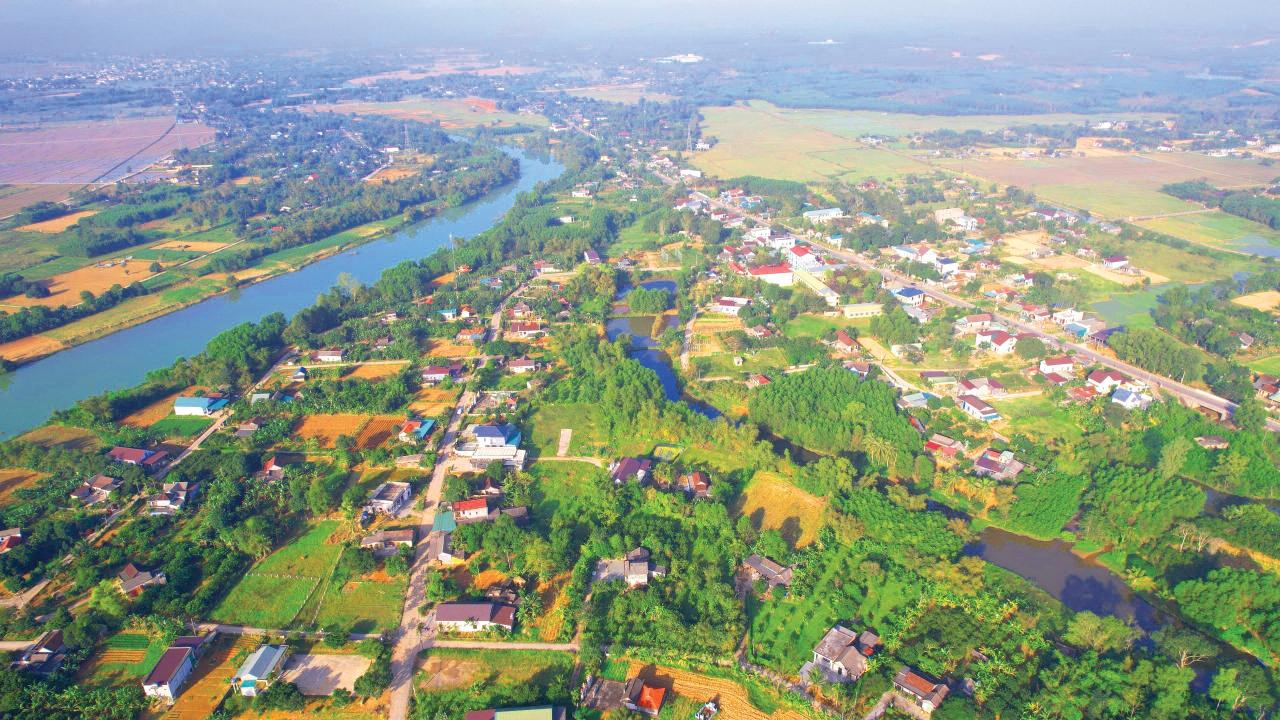
Cam Thuy Commune seen from above - Photo: LE TRUONG
This is a true story in Tan Xuan village, Cam Thuy commune, Cam Lo district. Knowing this rare story, I went to visit the family of Dao Xuan Duy in Tan Xuan village, this is the family that exhumed the remains of a Korean soldier, then built a tomb, moved the tomb many times to stabilize it and take care of it, and burned incense carefully. The road to Duy's house has deserted stretches, surrounded by dense forest trees, feeling like coming to a semi-mountainous area. Duy's house is spacious, the garden is shady with trees. He received me in a simple, sincere manner at a tea table made of imitation wood placed in front of the porch, the reception was like meeting a long-time acquaintance.
Through conversation, I learned that Mr. Duy used to be a soldier. In 1977, he joined the army, in 1981, he was discharged from the army and returned to his hometown, working as a member of the Secretary of the People's Committee of Cam Thuy commune. After that, he held many key positions in Cam Thuy commune such as: Secretary of the Party Committee of the commune (1996 - 2000), Deputy Secretary, Chairman of the People's Council of the commune (2000 - 2004), then Chairman of the People's Committee of the commune for 11 years, more than 2 terms (2004 - 2015). In 1989, he joined a group of 5 people who went to the site of a plane crash in the commune to search for and recover the remains of a Korean pilot who was shot down during the war in Vietnam. He was the main person in charge of the group. He said:
- The plane piloted by this Korean pilot was carrying goods from Laos and was shot down in 1968. When the plane crashed, the pilot's body was lying next to it. Around 1976 - 1977, people were farming and the body was pushed down into the bomb shelter. In 1989, my group dug it up and took the pilot's remains back. So, twenty years after the plane crashed, the pilot's remains were exhumed and buried. At that time, when exhumed, there were still thigh bones, arm bones, quite large bones, with a pilot's helmet, but the head bone was broken.
If we say that “everything is fate”, then it is true that, despite the separation of the two worlds, this Korean pilot and Duy’s family seem to have a bond. After searching for and building a tomb to bury the remains of this Korean pilot, Duy’s family, no matter how busy they are with work, public and private, business and livelihood, always takes the time to follow the “fate” of this tomb, not letting it be lost or forgotten over the years. This tomb has a rather special “fate”: it has been built three times, including two relocations, each time it was buried more stably than the last.
All of this was thanks to the efforts of Duy and his wife. The first time, in 1989, when the remains of the Korean pilot were brought back, Duy put them in a large American can and buried them on the edge of a hill, next to a rice field, for ease of remembering and finding. He thought that sooner or later the Americans would come and find them (at that time, he still thought that they were the remains of American soldiers). About 4 years later, in 1994, Duy's family moved the grave and buried the remains in a new location, next to a mint tree for ease of remembering and also close to Duy's sister-in-law's grave.
Duy's family made a wooden coffin to bury the Korean pilot, instead of putting the remains in an American can as before. Around 1998 - 1999, many groups searching for American soldiers missing in action (MIA) in Vietnam came to Cam Thuy commune to find information. At that time, thanks to the Americans' identification, Duy knew that the remains of the foreign pilot he had buried were not American soldiers but Korean soldiers. Duy told about the rather meticulous way MIA groups collected and analyzed information:
- The MIA delegations, 3-4 delegations, all came to see the plane crash site, to see the pilot's grave next to the mint tree, but then they all answered that this was not an American soldier's grave. They looked at the site, marked the coordinates, determined the time the plane crashed, the origin of the plane, from which they assumed that the plane was Australian, and the pilot's body was Korean.
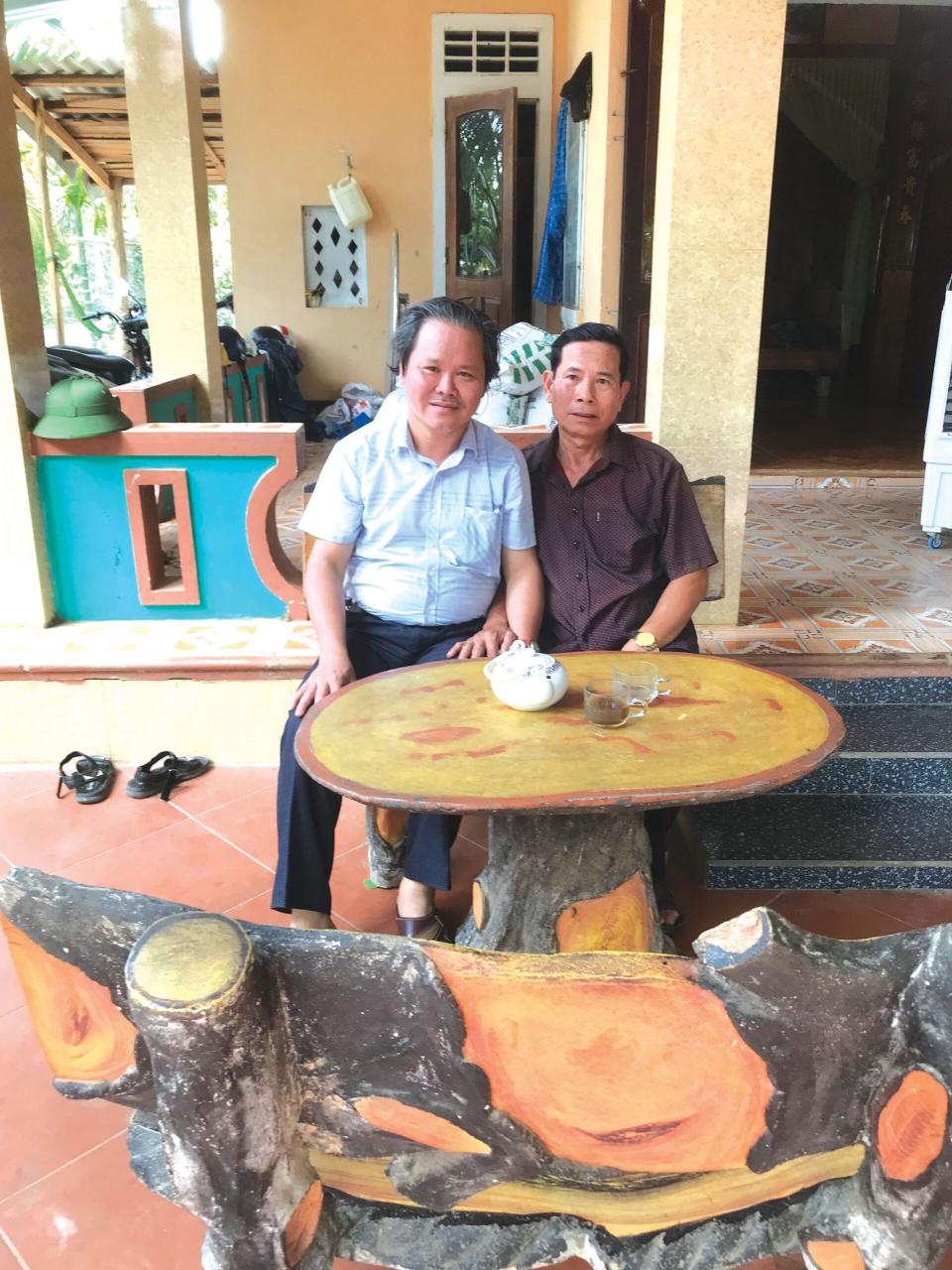
Mr. Dao Xuan Duy (right) and the author of the article - Photo: PV
American MIA groups came and went. Duy’s family continued to do their rare act of kindness, the act of “humanity”: taking care of and burning incense for the grave of the Korean soldier who had fought for the US. After moving the grave to the place next to the mint tree, next to his sister-in-law’s grave, about 15 years later, Duy once again moved this grave near his parents’ grave.
At this time, Mr. Duy had the remains moved from the wooden coffin to the ceramic coffin. The reason for moving the grave this time was because of a... ditch. To prevent buffaloes and cows from destroying the forestry garden, the people dug a ditch running right next to the grave next to the mint tree. This ditch even ran into Mr. Duy's sleep, causing him to toss and turn, having nightmares. So once again, the grave of the Korean pilot had to be moved.
Ms. Tran Thi Thuy Mai, Duy's wife, had been sitting on the porch listening to Duy and me talk about charity. She had only been listening, but she seemed to be very interested and moved. Now she suddenly joined in the conversation, her voice filled with passion as the memory of a detail related to the story Duy told awakened in her:
- When dug up, the wooden box was eaten by termites, only the plastic bag remained. The bones in the plastic bag were still intact. She did not take it out because she was afraid of the wind blowing it out.
In 2015, Mr. Duy built a mausoleum for his parents, and at the same time, he restored the Korean pilot's tomb, covering the tomb with tiles.
- It is a sin to leave the Korean grave behind the mint tree, next to my sister-in-law's grave. I will move it closer to my parents' grave and tile it properly - Still with a passionate voice, Ms. Mai confided her feelings - When I am old and cannot burn incense, I will have my children come to burn incense, otherwise it would be a sin!
Then, information about this grave became known to Koreans. Mr. Duy said that on August 15, 2023, he received a delegation from the Korean Embassy, consisting of 4 people (2 women, 2 men), including 3 Koreans and 1 Vietnamese interpreter. This delegation came to see the grave, went to the plane crash site, took pictures and then left. Recalling the times of exhuming and moving graves, Ms. Mai talked about the worries and concerns that were always in her heart:
- Every time they exhumed the grave and moved the remains to a new location, they kept the remains in their original plastic bags. They were always afraid that the remains would be crushed or exposed to the wind.
Then, when the Koreans came to see the grave, she was both hopeful and worried:
- I hope they can bring the remains of this Korean pilot back to the country. I'm afraid I won't be able to. I'm afraid they'll dig them up and take the wrong DNA sample, and I'll have to dig them up and bury them. What a pity.
It's settled now. The right person must be dug up to be brought back. If we're afraid of the wrong person, we'll have to leave him behind, what a shame! "It's settled now", that's exactly what Duy thought. Whether the foreigners will dig up the pilot's remains from this grave and bring them back to their country in the near future, Duy doesn't care much anymore, because his family has long considered this grave as their own.
Mr. Duy took me to visit and burn incense at his parents' graves and the grave of the Korean pilot located nearby. In front of his parents' spacious mausoleum, a little to the left is the grave of the Korean pilot, built with bricks on the tomb's shell and red bricks on the tomb's floor. What is special is that this tomb is longer than the tombs of Vietnamese people. The design of such length implies that it is suitable for the tall Korean body.
On the tombstone are engraved a few lines: “Unknown grave. Nationality: Korean (Pilot). Buried in Tan Xuan, Cam Thuy, Cam Lo, Quang Tri. Grave builder: Dao Xuan Duy”. While standing next to the Korean pilot’s grave with Duy, I seemed to hear again what Ms. Mai had told me earlier in her house about taking care of the incense at this grave: “Every year, the family prepares a ceremony for the Korean pilot’s grave. During Tet, we prepare a proper offering tray, sometimes chicken, sometimes pork, with paper clothes and dollars for him”.
In the fragrant scent of the incense sticks that Duy and I just lit, in front of this rare grave on Earth, all the pain and hatred of the war past were resolved and disappeared, leaving only the warmth of humanity and tolerance.
I remember twenty years ago, I read the book “Memories of War” by Kim Jin Sun, a South Korean military officer who fought in the war of aggression against Vietnam. The book was made with the help of the Korea - Vietnam Friendship Association, the Vietnamese version was published by the National Political Publishing House in 2002, on the occasion of the 10th anniversary of the establishment of diplomatic relations between Vietnam and South Korea.
Kim Jin Sun wrote this out of tormented memories, questioning herself because she had "behaved like a wild animal in the frenzied atmosphere of war", from which she uttered words of repentance: "I hope you understand more about the small but resilient country of Vietnam, understand more about the arrogance of the great powers, understand the regret for the crimes that I and my comrades committed in Vietnam".
Mr. Duy did not read Kim Jin Sun, but he understood and did more than Kim Jin Sun wished for and repented. The tomb of the Korean pilot that Mr. Duy's family has established three times, including moving twice, is a tomb of humanity, a tomb of the desire to resolve pain, loss, hatred, a tomb of the message For Peace .
In 2024, for the first time, Quang Tri province will organize the Festival for Peace. Everyone, please come here and light an incense stick for this grave calling for peace, an incense stick of awareness, when in this world, in this place and that place, there are still disputes, conflicts, bullets exploding, bombs falling.
Nguyen Hoan



![[Photo] Party and State leaders visit former President Tran Duc Luong](https://vphoto.vietnam.vn/thumb/1200x675/vietnam/resource/IMAGE/2025/5/24/960db9b19102400e8df68d5a6caadcf6)




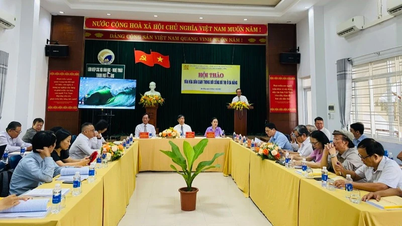

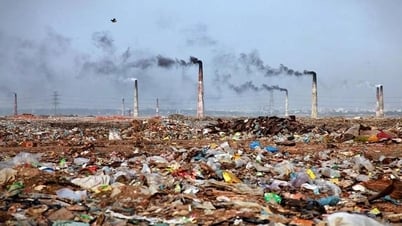


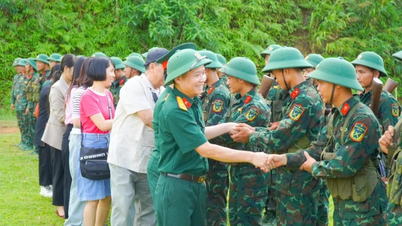
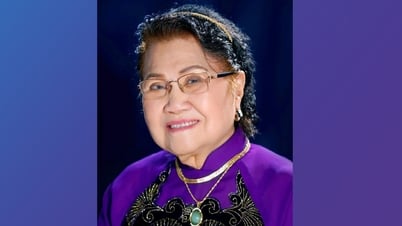

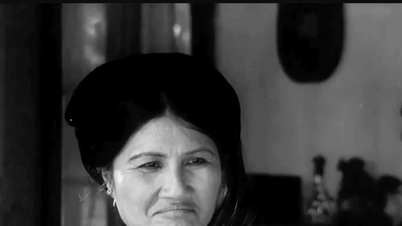








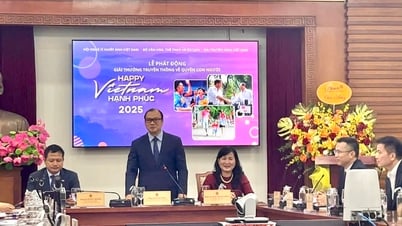


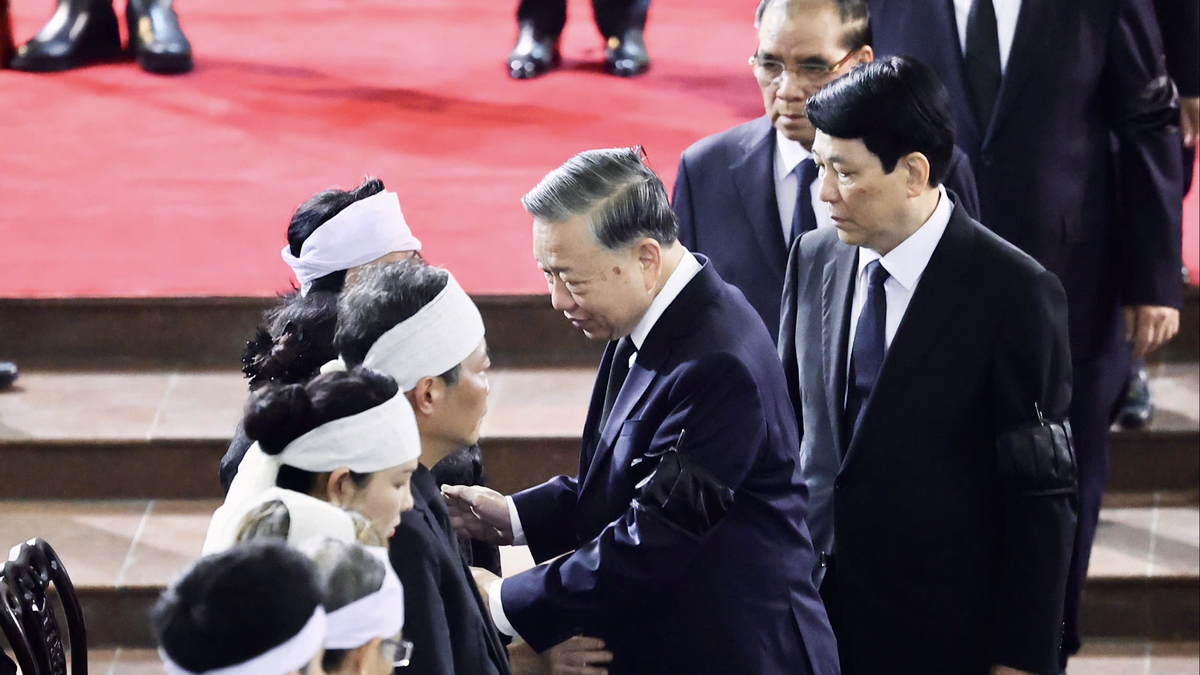

![[Photo] Anh Hoang - Dinh Duc successfully defended the men's doubles championship of the National Table Tennis Championship of Nhan Dan Newspaper](https://vphoto.vietnam.vn/thumb/1200x675/vietnam/resource/IMAGE/2025/5/23/d6ab3bcac02c49928b38c729d795cac6)




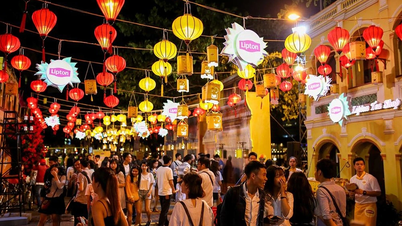

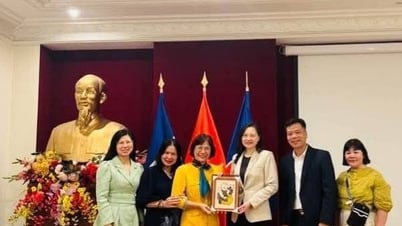

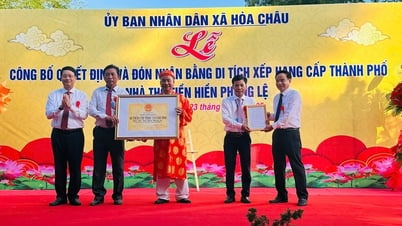



























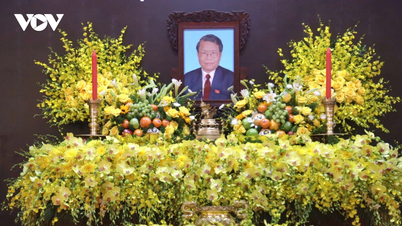
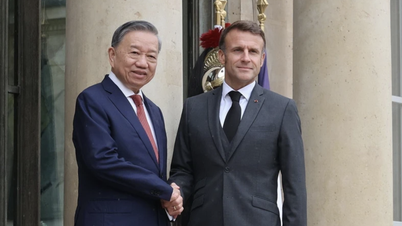
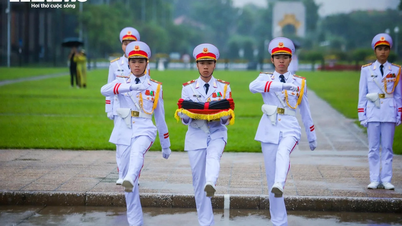








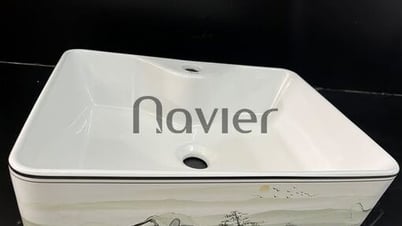

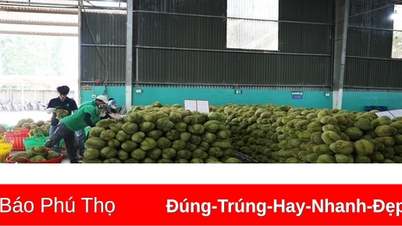

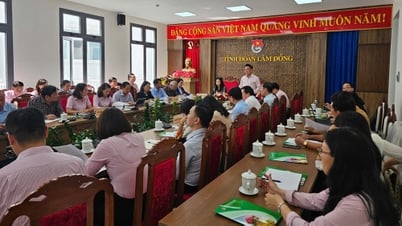

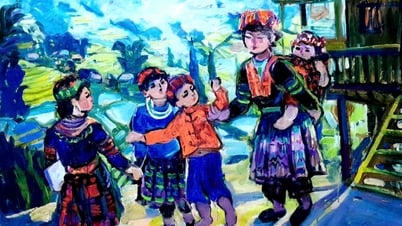
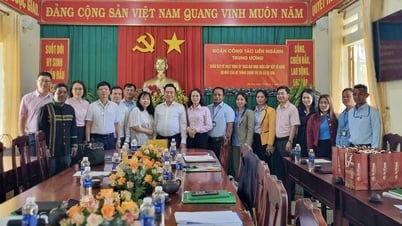
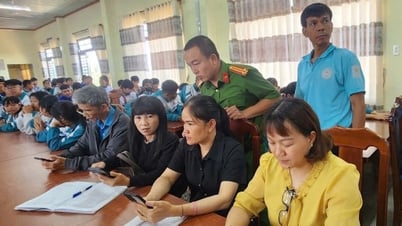











Comment (0)